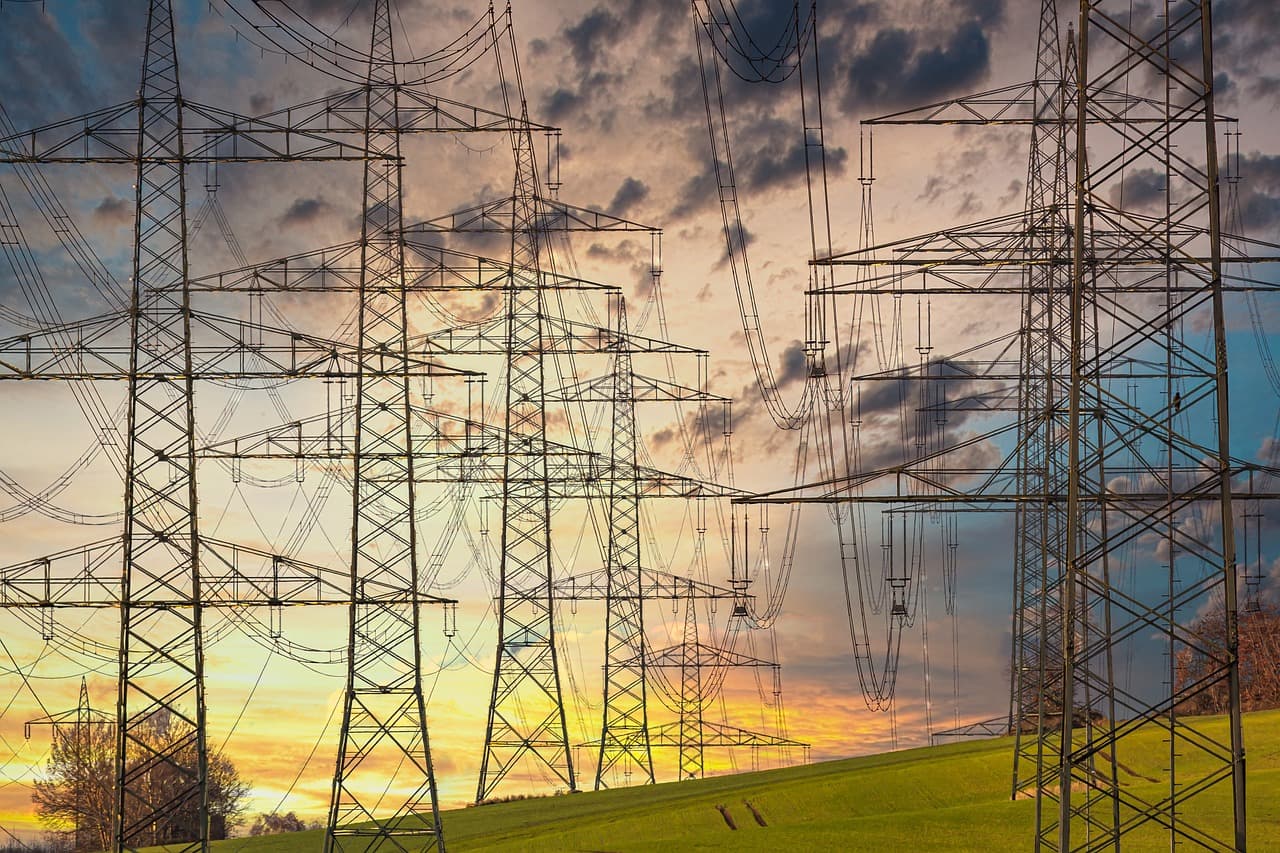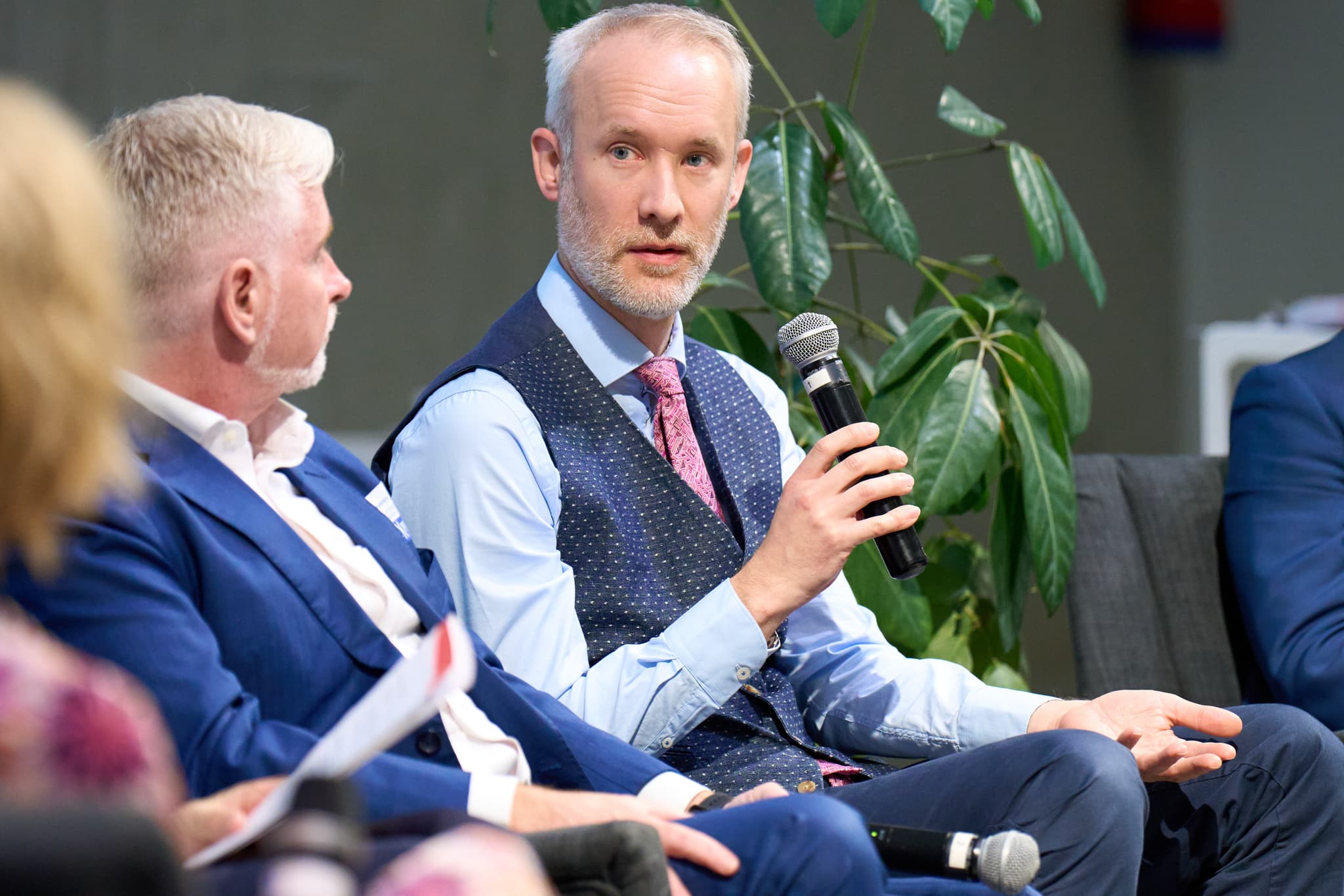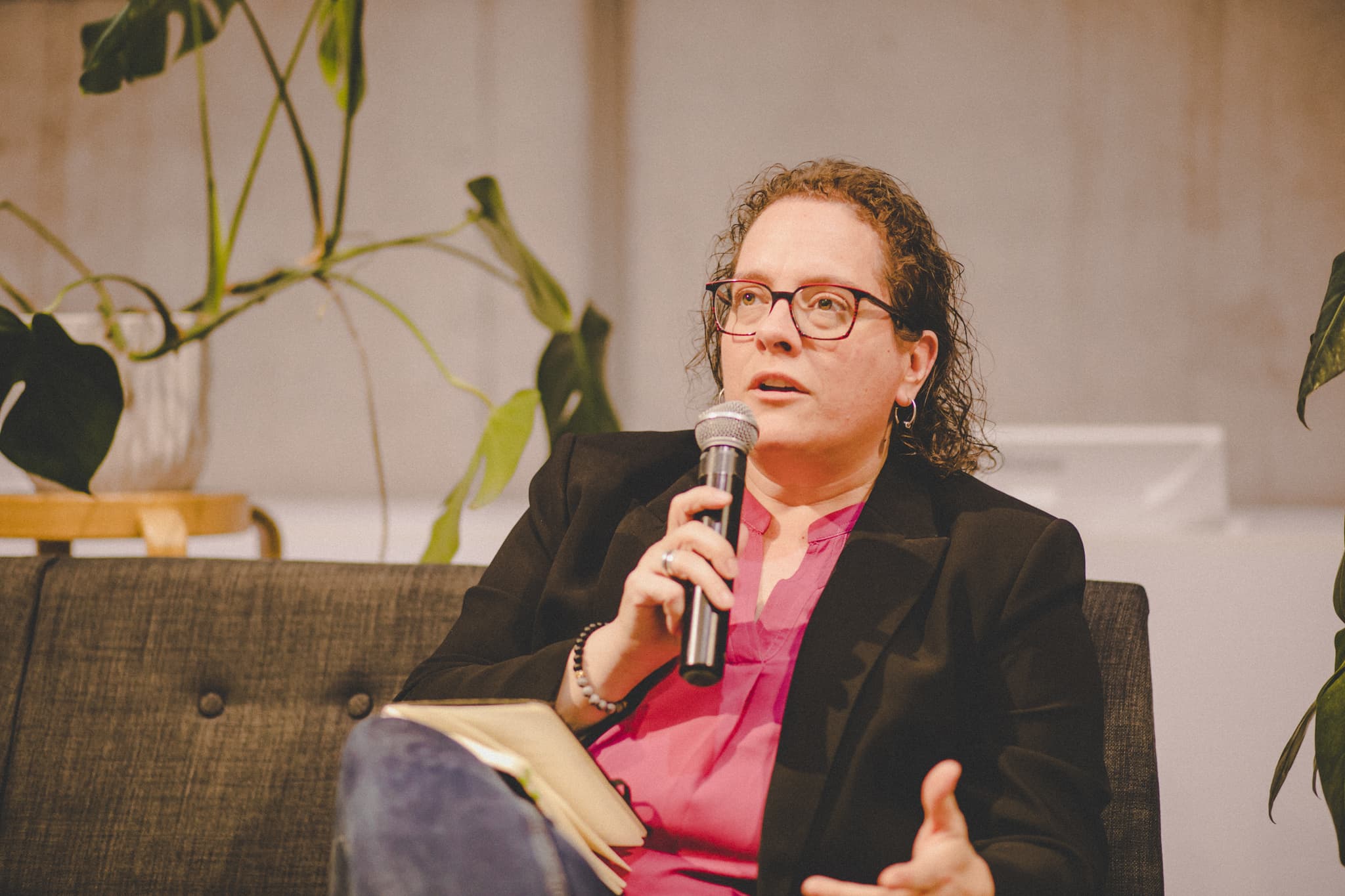Cybersecurity and device communication: key to flexible energy
Secure data and interoperability between devices are crucial to employing demand side flexibility.
Published on June 17, 2025

Polya is a Brussels-based journalist, storyteller, and writing enthusiast specializing in street art, design, traveling, and innovation.
Europe’s energy transition promises cleaner and greener power, but only if sustainable energy is managed adequately without overloading the electricity grid. By adjusting their electricity usage through demand-side flexibility (DSF), consumers can lower their electricity bills, help mitigate blackouts, and reduce emissions by balancing the grid in response to changes in price or demand.
Why interoperability matters
Flexible energy systems rely on technologies like heat pumps and electric vehicles (EVs), but their lack of interoperability—their inability to communicate due to differing protocols—is a significant hurdle. Cristina Corchero, Founder and Chief Technology Officer (CTO) at Bamboo Energy, a platform for flexibility management, notes: “Devices need a translator in the middle that connects signals from the network to the signals of the heat pump or the EV (electric vehicles).” This is also one of Europe’s biggest challenges.
Currently, EV manufacturers often prioritize user experience over whether the vehicle can communicate with grid operators or home energy management systems. Corchero emphasizes the need for DSF ecosystems that can “speak” the same language.
Achieving this communication depends on standardized protocols. One example of this is the Open Charge Point Protocol (OCPP), which enables electric vehicle (EV) chargers to communicate with grid operators, who send signals to chargers for load balancing, such as reducing charging during peak demand periods. In addition, the Open Automated Demand Response (OpenADR) supports DSF by sending price or grid signals to devices such as smart thermostats.
Europe’s energy transition promises cleaner and greener power, but only if sustainable energy is managed adequately without overloading the electricity grid. By adjusting their electricity usage through demand-side flexibility (DSF), consumers can lower their electricity bills, help mitigate blackouts, and reduce emissions by balancing the grid in response to changes in price or demand.


Challenges and the status of smart meters in Europe
The need for devices that can communicate is also reflected by Patrick Luickx, Deputy Head of the Electricity Department at the EU Agency for the Cooperation of Energy Regulators (ACER). He believes that smart meters are key to providing real-time data, but are still unevenly adopted across Europe. “If we don't have smart meters, we won't have much demand response, at least from households,” he shares.
Yet, adoption varies across Europe. According to ACER’s 2026 monitoring report, which focuses on actions to remove barriers to DSF, many consumers lack smart meters with functionalities mandated by the Electricity Directive. This limits accurate measurement of usage times. Therefore, smart meters are one of the top priorities outlined by the report. ACER also encourages EU member states and regulators to accelerate the deployment of smart meters, ensure interoperability, enable real-time data access, and develop supporting devices.
Luickx notes that ACER collects data from national regulators to track DSF progress: “They know how their market is structured, what resources they have. We gather the information in one report and compare.”
Importance of automation for consumer adoption
For consumers to adopt flexible energy consumption, automation plays a key role. As highlighted at the smartEn Summit in Brussels, without automation, many will hesitate due to perceived loss of control, complexity, or high costs. Automated systems enable devices to adjust their consumption based on price signals or grid needs without requiring user intervention.
For example, smart home systems utilizing the Internet of Things (IoT) coordinate devices such as heaters and batteries to optimize energy usage. Technologies like 5G networks further enhance automation by enabling real-time device communication and local data processing.
Cybersecurity risks and safeguards
Flexible systems rely on data and the Internet of Things (IoT), making cybersecurity a crucial aspect. “We need to control distributed assets—batteries, electric vehicles, households—typically connected by IoT devices,” says Corchero.
Corchero explains that data management risks are “never zero”, requiring continuous vigilance. She identifies two primary threats: data theft and unauthorized device control, both of which aim to manipulate energy consumption. For example, hackers could manipulate building temperatures in industries such as pharmaceuticals, potentially leading to product destruction. Other attack methods include ransomware, which encrypts data and demands payment for its return, and Man-in-the-Middle (MitM) breaches, where attackers secretly access and potentially alter communication between two parties.
Beyond these direct cyber threats, another critical concern arises in the handling of personal or sensitive data. However, Corchero notes that such data is "not always needed" because Bamboo Energy's core focus is on consumption behaviours and energy usage. Their work, according to Corchero, can be done “with anonymized data,” highlighting the company’s proactive approach to privacy.
To safeguard information, “these IoT systems should be prepared and constantly updated with cybersecurity measures and the cloud,” explains Corchero. Other safeguarding measures include standards such as IEC 62443, mandating encryption and zero-trust architecture to secure DSF systems.
What are the real-life applications?
Oliver Sartor, Chief Economist at Voltalis, explains their approach to monetizing flexibility capacity rather than relying on consumer payments. They install devices in people’s houses and communicate the energy prices to household appliances such as heaters. “When the grid price is high, we’ll send a signal to the heaters and turn them down for maybe 15 minutes and then turn them back on. The consumer doesn’t notice the temperature change, because it’s been only 15 minutes,” Sartor says.
